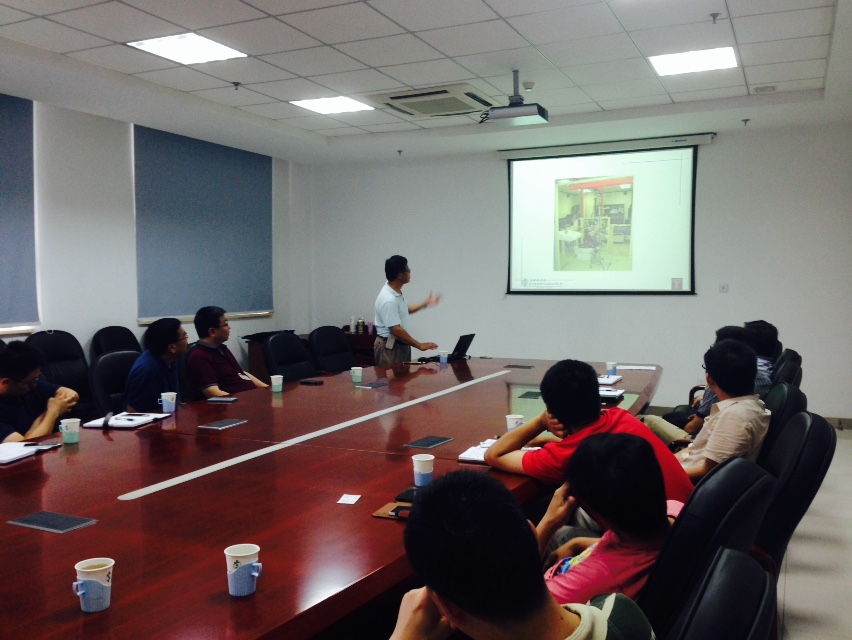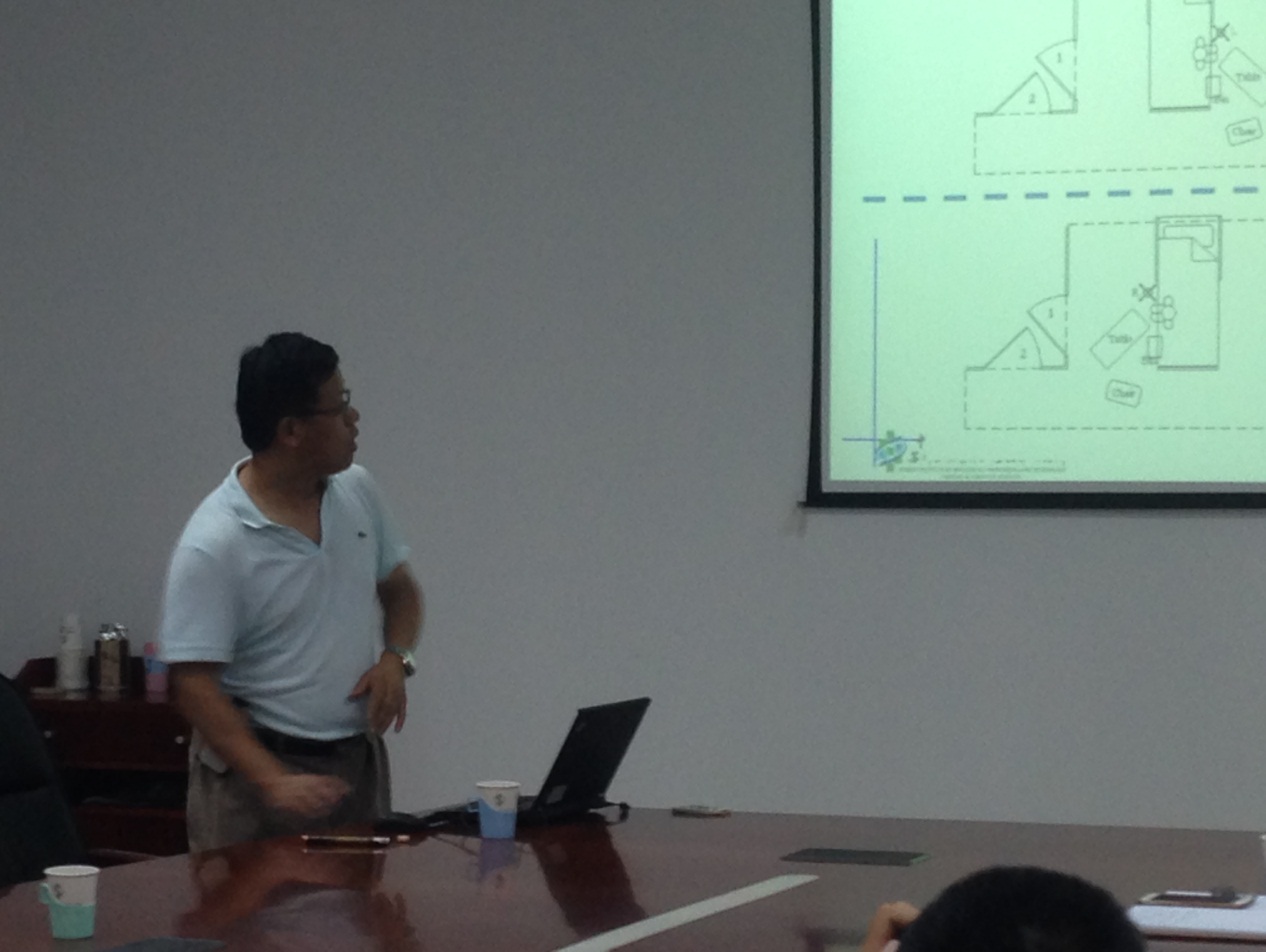On 23 Jul, 2015, Dr. Yang gave a lecture on Digital Human Modeling and Simulation for Design and Engineering in Suzhou Institute of Biomedical Engineering and Technology (SIBET).
Dr. James Yang is currently Associate Department Chair, Associate Professor (tenured) and Director of Human-Centric Design Research Lab, Department of Mechanical Engineering, Texas Tech University, Lubbock, Texas, USA. He received his BS and MS degrees in Automotive Engineering from Jilin University, and a Ph.D. degree in Mechanical Engineering from the University of Iowa. Dr. Yang was a faculty member at the Department of Automotive Engineering, Tsinghua University, Beijing and a Research Engineer at the Center for Computer Aided Design, the University of Iowa. Dr. Yang is the recipient of the 2001 Arch T. Colwell Merit Award and 2012 Ralph. R. Teetor Educational Award from SAE, the 2004 and 2015 Outstanding Paper Awards from ASME, the 2007 Prometheus Award "Top Government Technology of the Year", the 2011 Whitacre Excellence in Research Award, the 2012 Air Force Summer faculty Fellowship, and the 2012 Chancellor’s Council Distinguished Research Award from Texas Tech University System. He has published 290 peer-reviewed technical papers including 120 journal papers and 150 conference articles. Dr. Yang has conducted projects from NSF, NIOSH, NPSF, NASA, US Natick Soldier Center, TACOM, USCARS (GM, Ford, and Chrysler), Caterpillar Inc., Honda R&D North Americas, and other private sectors. Dr. Yang is executive editor for International Journal of Human Factors Modeling and Simulation, and associate editor for international Journal of Robotics and Automation. Dr. Yang’s research interests include physics-based human modeling and simulation, bio-inspired systems, ergonomics, biomechanics, healthcare engineering, tire modeling and vehicle dynamics, and robotic and mechanical systems.
In the talk, he mentioned: Digital human modeling and simulation plays an important role in product design, prototyping, manufacturing, sports biomechanics, and other areas. It reduces the number of design iterations and increases the safety and design quality of products.
At first, he briefly review the state of art of digital human models, then he summarize research projects carried out in my research lab. The first area is human-centric engineering by investigating the optimization-based digital human models to assist design and engineering, slips and falls. Applications include driver accommodation study and special population posture and motion prediction. The second area is healthcare engineering by developing novel predictive models to assess personal protective equipment and spine biomechanics.


(Information Source: Suzhou Institute of Biomedical Engineering and Technology,CAS)

